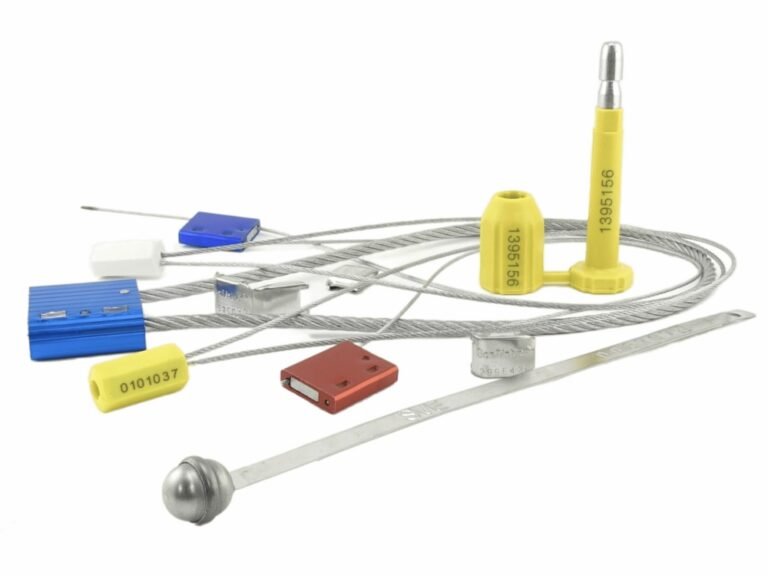You see fake versions of your products appearing online, damaging your brand's reputation. You're looking for a solution, but you're worried that hologram stickers are just shiny decorations that counterfeiters can easily copy.
For a beginner, the key is to understand that a true hologram's security comes from its microscopic, laser-carved structure, not ink. By choosing a customized design with your logo, you create an easily verifiable, un-copyable security feature that effectively protects your brand.
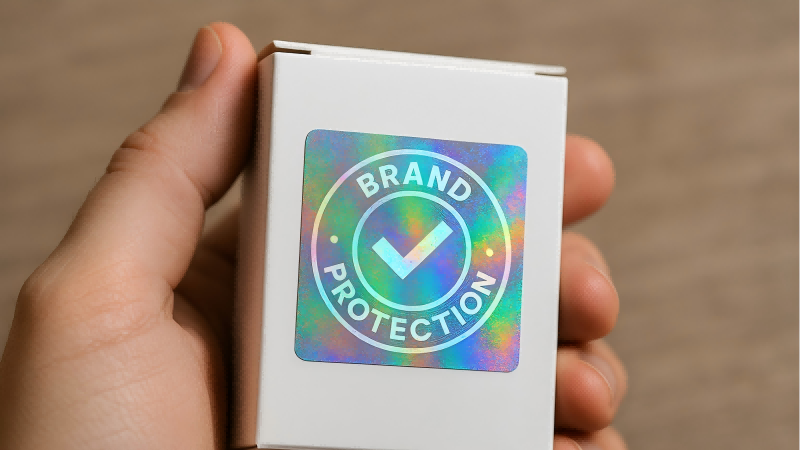
The one thing I always tell clients who are new to this is to forget everything you think you know about printing. A hologram sticker's ability to "protect a brand" comes from one simple fact: it makes it incredibly difficult for counterfeiters to copy. This "un-copyable" quality doesn't come from its shiny appearance. It comes from how the image is made. We use lasers to "carve" a unique, microscopic structure into the sticker. We don't use ink to "print" it. This fundamental difference is what separates a real security device from a simple, shiny decoration. It's the foundation of your brand's new fortress.
What Makes a Hologram Sticker a Security Feature, Not Just a Decoration?
You've seen plenty of shiny, colorful stickers on products. You're wondering what stops a hologram from being just another one of those, easily faked and offering no real protection.
A hologram is a security feature because its image is created by a microscopic physical structure that bends light, not by ink printed on a surface. It is a piece of optical technology, while a decoration is just an image.

Let's use a simple analogy I share with all my beginner clients. Think of the difference between a painting and a sculpture.
- A decoration is like a painting. It's ink on a flat surface. You can take a high-resolution photo or scan of it and print a nearly perfect copy. The barrier to entry is very low.
- A security hologram is like a sculpture. It's a three-dimensional physical object with depth and texture. If you try to photocopy a sculpture, all you get is a flat, distorted image of one side. You can't capture its 3D form.
This is exactly how a hologram works. Its image comes from thousands of microscopic ridges and grooves that have been physically embossed into the material. These structures act like tiny prisms, bending and splitting the light to project a 3D image into your eye. A counterfeiter can't copy this physical "sculpture" with a scanner.
How Do Hologram Stickers Actively Prevent Counterfeiting?
You've put a sticker on your product, but you're not sure how that actively stops a determined counterfeiter. You're worried it might just be a passive feature they can ignore or easily replicate.
Holograms actively prevent counterfeiting by creating an extremely high economic and technical barrier to entry. To copy one, a counterfeiter cannot simply scan and print. They must invest in a specialized holography laboratory and possess rare scientific expertise, making it unprofitable.
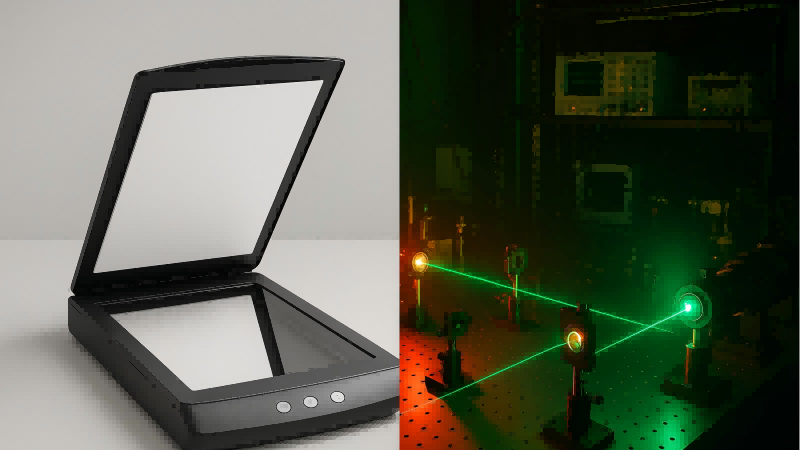
This is where the real-world prevention happens. Let's compare what a counterfeiter needs to copy your packaging versus your hologram sticker.
To copy a standard printed box:
- A high-resolution scanner.
- Design software like Photoshop.
- A high-quality commercial printer.
This is relatively cheap and accessible.
To copy a true hologram sticker:
- A Holography Laboratory: This includes an optical table that costs tens of thousands of dollars just to eliminate vibrations.
- Specialized Equipment: A system of coherent lasers, beam splitters, mirrors, and lenses.
- Deep Expertise: An optical engineer or physicist who knows how to perform holography.
For the counterfeiter, the cost, time, and risk involved in setting up a holography lab far outweigh the potential profit from faking your product. They will move on to an easier target. This massive barrier is not a passive deterrent; it's an active financial and technical wall.
How Can You Understand the Different Security Levels of Hologram Stickers?
You're told you need a hologram, but you see options ranging from simple to incredibly complex. Choosing the wrong level could mean wasting money on security you don't need, or worse, not having enough.
Hologram security is tiered. Basic 2D/3D holograms offer visual appeal with layered images. High-security Dot-Matrix and E-Beam holograms incorporate microscopic features, hidden text, and animations that are progressively more difficult and expensive to replicate.
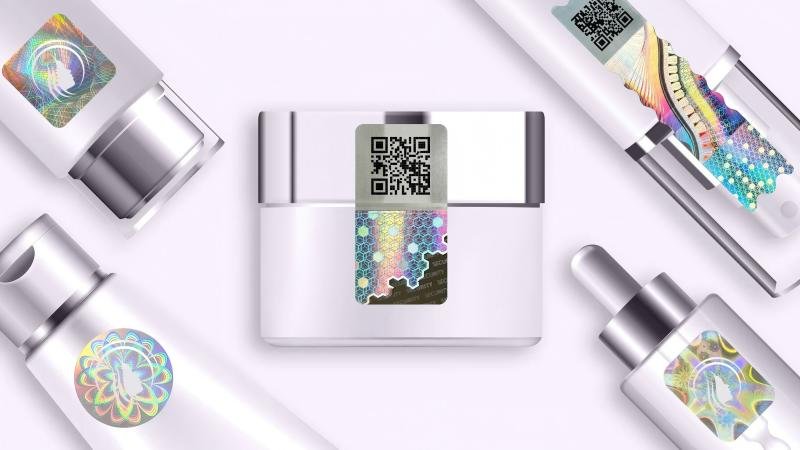
For a beginner, the easiest way to think about this is like choosing a lock for your house. You have standard locks, high-security locks, and bank-vault locks. You need to match the lock to the value of what you're protecting.
| Security Level | Hologram Type | How It Looks | Best For a Beginner With... |
|---|---|---|---|
| Basic Security | 2D/3D | Looks like a diorama with flat images placed on different layers (foreground, background). | A startup brand protection plan or lower-value products needing a visible deterrent. |
| High Security | Dot-Matrix | Computer-generated designs that can show movement, morphing, and animated effects as you tilt it. | High-value consumer goods like electronics or cosmetics facing more dedicated counterfeiters. |
| Maximum Security | E-Beam | Contains microscopic or nanoscopic text and images invisible to the naked eye. The ultimate in security. | Products with extreme counterfeit risk or needing forensic-level verification (e.g., pharmaceuticals). |
My advice to beginners is to start with a good 2D/3D or Dot-Matrix hologram. They provide a strong balance of visible security and cost-effectiveness.
What Are the Key Customization Options That Enhance Your Brand's Security?
You're using a generic "Original" or "Genuine" hologram sticker. The problem is, anyone can buy that same sticker online, including the counterfeiters you're trying to stop.
Customization is what elevates a hologram from a generic product to a true brand security feature. By embedding your logo, adding unique serial numbers, or combining it with tamper-evident technology, you create a proprietary device that is exclusive to your brand.
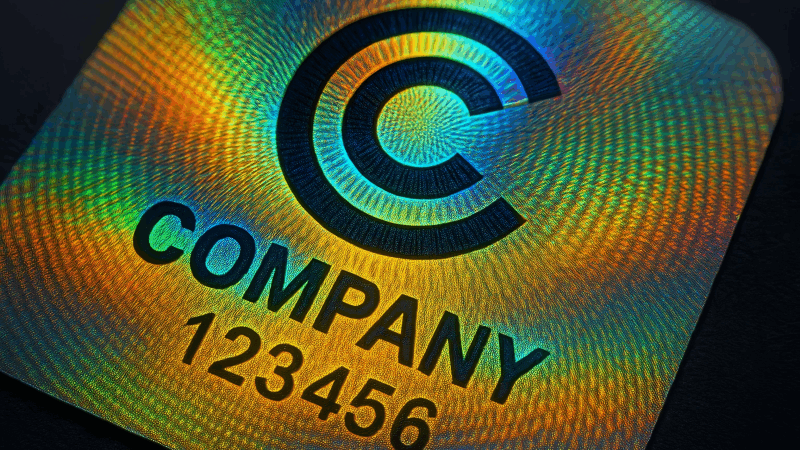
Using a stock hologram is one of the biggest mistakes a beginner can make. A custom design is your most powerful weapon. Here are the three key customizations I recommend.
1. Your Logo Inside the Hologram
Instead of a generic starburst, the holographic image itself should be your company's logo. This immediately makes the sticker unique to you. A counterfeiter can't just buy a similar-looking sticker; they would have to try to replicate your specific, custom design, which is incredibly difficult.
2. Unique Serial Numbering
We can laser-etch a unique serial number onto each individual sticker. This serves two purposes. First, it allows for track-and-trace capabilities in your supply chain. Second, it gives customers a unique code they can verify on your website, providing them with ultimate confidence.
3. Combined with Tamper-Evident Features
A truly advanced solution is to build the hologram onto a tamper-evident sticker. This means if someone tries to peel the hologram off your product, it will self-destruct, leaving behind a "VOID" pattern or breaking into tiny pieces. This protects against both counterfeiting and tampering in one elegant solution.
A 5-Point Checklist for Choosing the Right Hologram Sticker Supplier
You know what you need, but choosing a supplier feels like a gamble. A bad supplier can lead to poor quality, communication breakdowns, and catastrophic delivery delays, costing you time, money, and even customers.
Finding the right partner is as crucial as designing the right sticker. A good supplier acts as a consultant, guiding you to the best solution. Over my 15 years in this business, I've seen firsthand what separates a great partner from a transactional seller.
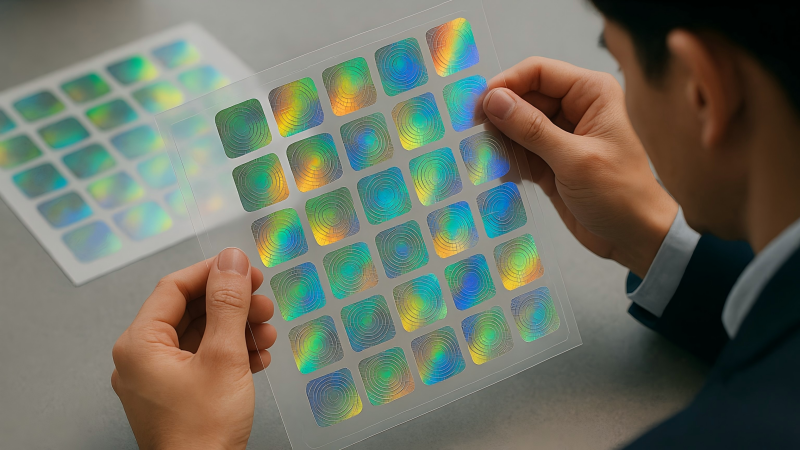
Before you place an order, use this checklist to evaluate potential suppliers. It will save you from major headaches down the road.
- Communication & Expertise: Is the sales representative responsive? Do they answer your questions clearly and demonstrate deep product knowledge, or do they just give you a price? A good partner will ask about your product and security needs to recommend the right solution, not just sell you the most expensive one. Their communication efficiency is a window into the company's overall efficiency.
- Customization Capabilities: Ask to see samples of their custom work. Can they truly integrate your logo into the hologram, or do they just print it on top? Ask about their design process. A professional supplier will have a structured process from artwork proofing to master hologram creation, ensuring you approve the design at every stage.
- Quality Control (QC) Process: Inquire about their QC procedures. How do they ensure color consistency, adhesive strength, and holographic clarity across a batch of 100,000 stickers? I started my career as a QC inspector, and I can tell you that a factory without a clear, documented QC process is a massive red flag. Ask for their quality certificates, like ISO 9001.
- Production Capacity & Lead Time: Be direct. Ask about their production capacity and get a firm commitment on lead times. A common pitfall I've seen clients experience is a supplier over-promising and then delaying shipment. This can cause you to miss retail deadlines and lose contracts. A reliable factory will be transparent about their production schedule.
- Problem-Solving & After-Sales Support: Ask a hypothetical question: "What happens if there's a quality issue with part of the shipment?" Their answer will reveal everything about their service culture. A great partner will have a clear process for investigation and replacement, taking ownership of the problem. A poor supplier will make excuses or become unresponsive.
Conclusion
For a beginner, brand protection with holograms is simple: choose a custom design that turns an un-copyable technology into your brand's unique security feature. It's an investment in trust.
Start Protecting Your Brand the Right Way
Don't let counterfeiters weaken your brand's reputation with cheap fakes. At ProtegoSeal, we specialize in creating custom hologram stickers that provide real, verifiable security. Contact us today for a beginner-friendly consultation.

